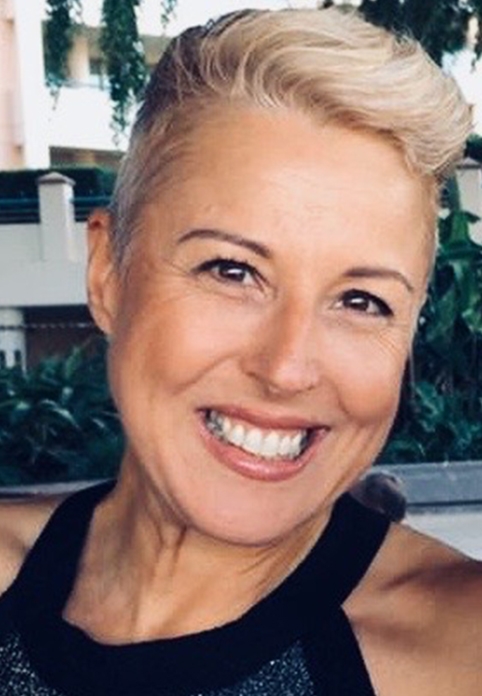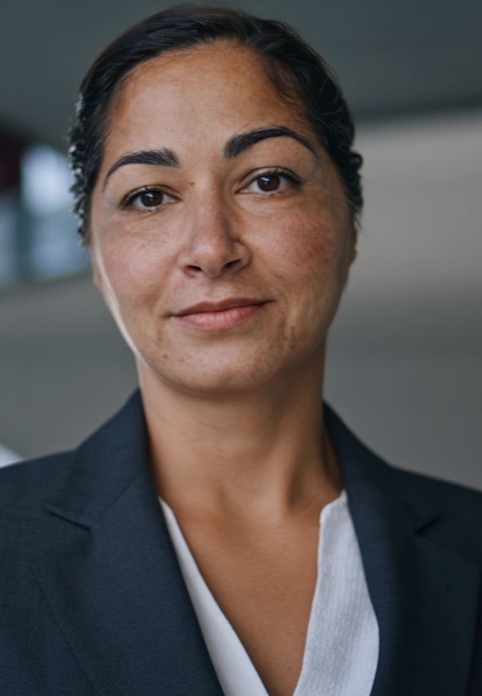This site may not work properly using older versions of Edge and Internet Explorer. You should upgrade your browser to the latest Chrome, Firefox, Edge, Safari, or any other modern browser of your choice. Click here for more information.
Your Stories
This is where we tell your stories, cover topical issues and promote meaningful initiatives.
Strengthening pregnancy loss support through collaboration
Red Nose Australia is strengthening its bereavement support services to cater to vulnerable population groups, and CRANAplus is grateful to have been invited to the table to bring a rural and remote lens.
Amanda Forti, one of CRANAplus’ remote clinical educators, frequently hears of the challenges health professionals face in supporting pregnancy loss in the rural and remote setting.
Red Nose designed the Healing Through Community project to support both clinicians and families through pregnancy loss.
Amrit Dhillon, National Project Manager of the initiative, explains, “The project is looking at improving equity across bereavement care for five vulnerable population groups: First Nations, refugees and migrants, culturally and linguistically diverse, young mums and rural and remote.”
“The research consistently shows these are the communities most at risk of experiencing loss, and least likely to have access to the care and support they need. Our aim is to close the gap and make sure no family is left unsupported.”
Red Nose has created a suite of seven short videos to educate clinicians on how to prepare for the conversation, through to how to support those different population groups, handover and self-care. Alongside these, there are practical care guidelines for quick access to key information and a range of targeted, patient-centred resources.
Amrit says, “We didn’t want to create resources that would sit on a shelf. Our goal was to develop tools that are practical, tangible and ready to be used, whether in a clinical setting or as part of education and training. We’re confident that’s exactly what we’ve achieved.”
The project is grounded in genuine co-design methodology, bringing together clinical partners and community members with lived experiences to share and lead the work. Amanda has contributed as a member of the steering committee as a representative for CRANAplus and the rural and remote health workforce, and as a subject matter expert in the field of midwifery.
Amrit says, “CRANAplus has been a real partner for us in this. Working with Amanda has been invaluable. She brings practical, clinical application and clinical education expertise into the conversation, as well as the delivery and design of resources.”
Amanda has embedded not only her own knowledge, but that of the remote health professionals she encounters on CRANAplus courses.
“I talk to our Maternity Emergency Care and Midwifery Upskilling participants about what they need and what’s important to them in the rural and remote practice settings, and then I feed that back through the committee in order to develop resources that are most appropriate for the health practitioners that are working in those spaces.”
Amrit says it’s been important to ensure the lived experience and clinical voices remain at the centre of the decision-making process throughout the whole project.
‘We invested heavily at the beginning in community consultation,” she explains.
“For six months we were simply listening, talking with community and people across different population groups, hearing their stories and really understanding the challenges and barriers they faced.
“From lived experience stories, we learned that people enter into the health system in different ways. Some people may enter through a maternity service, some ED, some community care.
“Our aim was to create a resource that would support clinical knowledge no matter which setting you were in, plus also resources that could be accessed at the time, when you step into the room with a patient in five minutes.”
The feedback so far has been encouraging, with a number of tertiary hospitals nationally already embedding the tools, and national frameworks around stillbirth/perinatal education integrating them as key resources.
Amrit says, “From a clinical perspective, they’re seeing it as valuable tools that give that cultural safety lens, as well as seeing it as an easy, implementable resource.”
“Then from community, I’ve heard lots of stories from patients and family members that have seen the videos and say, ‘I can see myself in that video’. When someone says they can see themselves, that just makes me know I’ve done a good thing.
“It’s been really insightful to hear community feel that they can better understand and navigate that system that can feel quite complex.”
Amanda is grateful to now be able to embed these resources into CRANAplus education to provide remote health professionals with the confidence to handle situations in the most appropriate way, to ultimately improve outcomes for families.
“We know how pregnancy loss can influence the short- and long-term psychological wellbeing of women and families and how the degree of care provided is important; however, the sensitivity, inclusion, and cultural appropriateness of that care also have a significant impact.”
“I enjoy working with Red Nose because their co-design approach is truly inclusive, which is evident in the creation of these high-quality, evidence-based, culturally relevant resources.
“It’s really important that we do this stuff well.”
Access Red Nose’s Healing Through Community resources here.

